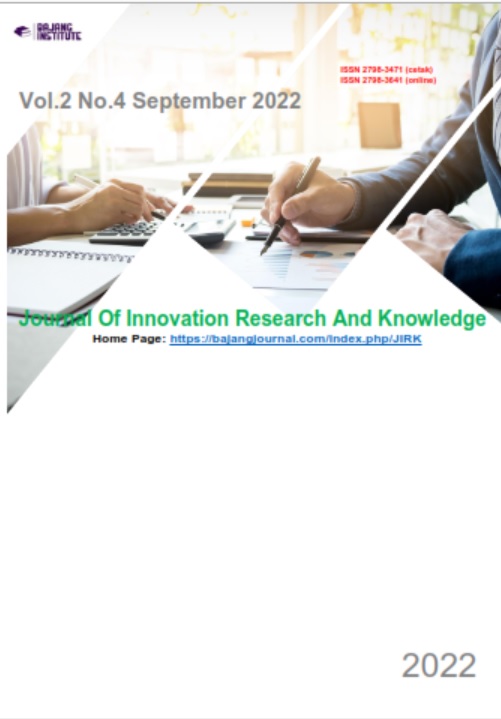AN ANALYSIS OF PLOT ERROR BASED ON TIME TRAVEL PARADOX IN SOUTH KOREAN THRILLER MOVIE “THE CALL”
DOI:
https://doi.org/10.53625/jirk.v2i4.3460Keywords:
Analysis, Errors, Film, Paradox, PlotAbstract
The existence of the plot in the film makes a big contribution in the form of success in delivering the story content of the film. This is what can make the film more interesting because of the plot in a film. The Call is a 2020 South Korean thriller film directed by Lee Chung-hyun, starring Park Shin-hye and Jeon Jong-seo. Based on the 2011 British and Puerto Rican film The Caller, two women live in different times. Seo-Yeon (Park Shin-Hye) lives in the present day and Young-Sook (Jun Jong-Seo) lives in the past. They connect with one phone call. Researchers are interested in researching this film because it has an interesting and quite complex plot line and this film provides an ending that invites the audience to think. Thus, this study aims to analyze the plot contained in the film the call and also to analyze the plot errors that exist in this film. This research method uses qualitative analysis with a descriptive approach, aims to describe and explain the phenomenon of the object of research to obtain results and conclusions. The data of this research are in the form of sentences, dialogues, and pictures in the film The Call. The results of this study indicate that the plot used in this film is a forward plot. Also, this film uses the "Butterfly Effect paradox" and “Grandfather paradox”. Researchers also found plot errors in this film, namely this film can change the past that has been recorded in the future. And the past antagonist can communicate with her future self at the same time. The author hopes that the results of this study will be useful for further researchers who are interested in literary works in the form of films, especially in the plot.
References
ALBARIKAH, K. R. (2017). PESAN MORAL DALAM FILM (Analisis Isi Kualitatif Pesan Moral Dalam Film Trash). Surakarta: Universitas Muhammadiyah Surakarta.
Febriana, T. E. (2018). Analisis Unsur Intrinsik Menggunakan Pendekatan Saintifik Pada Novel 9 Summers 10 Autumns Karya Iwan Setiawan. Yogyakarta: Universitas Sanata Dharma.
Garrison, B. (1998). Determinants of the Quality of Life of Rural Families.
Hornby, A. S. (2006). Oxford Advanced Learner’s Dictionary. Oxford: Oxford University Press.
Horwich, P. (1987). Asymmetries in Time. MIT Press, Cambridge.
Kriyantono, R. (2010). Teknik Praktis Riset Komunikasi: Disertai Contoh Praktis Riset Media, Public Relations, Advertising, Komunikasi Organisasi Komunikasi Pemasaran. Jakarta: Kencana.
Nurgiyantoro, B. (2002). Teori Pengkajian Fiksi. Yogyakarta: Gadjah Mada University Press.
Nurgiyantoro, B. (2007). Teori Pengkajian Fiksi. Yogyakarta: Gadjah Mada University Press.
Nurgiyantoro, B. (2013). Teori Pengkajian Fiksi. Yogyakarta: Gadjah Mada University Press.
Sfetcu, N. (2019). Grandfather Paradox in Time Travel. MultiMedia Publishing.
Smith, B. (2016). Narrative Analysis. London: Sage.
Stanton, R. (1965). An Introduction to Fiction. Amerika: University Of Washington.















